
It is said that rivers Rongnuy (Teesta) and Rangeet were in love and wanted to meet in the plains.. clandestine and in secrecy. They decided to leave their homes and flow down, liberated and in free spirits. But Rongnuy reached first and Rangeet, misled by his guide, was late. When he reached the plains, he was furious to see his lover there already. He refused to meet her and stormed ahead and Teesta had considerable calming to do! Lover tiffs, I tell you !That told, today the two rivers are as beautiful, spontaneous and pristine as they would have been as young lovers, many moons ago. We frolicked in their embraces and re-energised our tired limbs and senses alike, more than a few times across our road trip – and we had just started!
Nestled in the mountains between India and Tibet, Sikkim’s culture has long been a mixture of traditional animist beliefs, Buddhism — which became the dominant religion in the eighth century — and Hindu influences from neighboring Bengal and Nepal.
Modern Sikkim is a hub of tourism and our week long trip just prior to the Covid second wave lockdown in India, was a welcome break for many known as well as mysterious reasons! We visited little known places, and left out cities like Gangtok, Kalimpong and Pelling for a later time. And that was the best decision ever. The highlight of course, was snow in Zuluk- more on that in a while.
Let’s start with Rolep. Rolep – a virgin hamlet tucked within the meanders of the Rongli river, is really an exotic surprise. It’s vibrant and peaceful at the same time, which gets disturbed sometimes with the gurgle of the river, the bark of the most friendly dogs, cockles of a rooster or the strum of a distant guitar played by the music loving Gurung, Bhutia, Chettri or the Rai communities that reside here. Trails along the river are immensely beautiful! There is an old hanging bridge, deep forests filled with mountains flowers and ferns and several opportunities to host “pebble throwing” contests ! A little further away from the village is the magnificent 40 ft Buddha waterfalls- quite isolated and mysterious. And private enough for the twins to indulge in balancing acts to practice their karate kicks and stances ! Roshan Rai, in whose homestay we stayed, is a magnificent host. His 14 month old daughter is the cutest little thing I’ve seen. The Himalayan Trout, not being available that day, Roshan fed us farm fresh broccoli drizzled with a mustard sauce and a delightfully tasty watercress salad for lunch. Later that evening, when storm clouds darkened the twilight hours, not only did he serenade us with Sikkimese folk songs on his guitar, the dark rainy evening, brightened only with ombré candlelight, was spent talking about philosophy, religion, spiritualism, music, education systems and his efforts to create sustainable, environmental friendly tourism. This tucked in dollop of a village will be revisited. I will sip a Tongba ( a ‘pahadi’ fermented millet daru!) ) get high on the smell of the mountain rains and soothe my eyes yet again, taking in the panoramic view of the Himalayan vistas. Soon.
The playful rivers were now giving way to more masochist rugged landscapes, and we were now gaining altitude. I love to witness these changes in habitats and terrains with significant marking elements that bear testimony to what I should expect next. While the roads still meandered and had soft curves, the slopes of the mountains around us started to become stubborn. While the mountain flowers still spotted the walls, there appeared little wild strawberry stubs alongside. Upturned leaves of bushes with budding rhododendrons started to appear. In a month’s time, the mountains will turn crimson and beautiful, when wild strawberries and the rhododendrons create vertical carpets on the mountain walls. All this, on our way from Rolep – to reach Dzuluk- the gateway to an ancient trade way of the Silk route between India and Tibet. At 9500ft, Zuluk ( or Dzuluk) is an isolated village burrowed in the majestic hills of East Himalayas. In the outmost corner of the Himalayas, the renowned explorers had discovered the world’s first-ever information superhighway. This silk route has revamped the way people interchange cultural and commercial ideas. As it eventually started to connect Tibet and India, other cities also became a part of it, giving it the tag of the largest long-distance network of trading. For the productive trade of goods, people began swapping art and intellectual thoughts. India is that country where you can discover the oddity and unexpected possibilities of the world; it is this place where the roads are both historic and adrenaline pumping. Soak this in!
It is an old saying that the best drives in life are those that lead you to a sensory charging ever-lasting experience. You experience the same sensation if you are on a trip from Zuluk, onwards to higher altitudes of the Silk Route. It’s not just an unreal drive through the loops with thirty-two hairpin turns that turn out to be quite back breaking, it’ll probably end up as the craziest and roughest ride of your life! Zuluk roads make your heart pound, and how! Our destination was snow. Simple. We didn’t care how long we needed to drive. We needed snow. Vanilla ice cream like snow! And we found it as soon as we started reaching the Gnathang valley, into Kupup, and then as we approach the Tsongmo lake, it was as if we were in Arendale, with Elsa’s magical “Frozen” spell cast on us permanently! We crossed three beautiful lakes on the way- the Kupup ( Elephant lake), the half frozen and immensely picturesque Mememchuk Lake, and the Tsongmo(Changu) Lake. Tsongmo/ Changu is breathtaking ! Riding the ropeway across 3 more mountains beyond, was hands-down the best choice we made- 3 feet deep snow, amazing vistas and so much fun! It’s here that nature has it’s own version of a brownie sundae. Imagine ..Hershey’s syrup poured over choco chips at times or over stone fudge dark chocolate centred brown cake, and then scoops and dollop of fresh Baskin Robbins vanilla ice cream in between! It was probably the closest I would have ever come to achieving Zen. In 2019, when I reached the Annapurna Base Camp, I felt similar. Zen. But added to that was euphoria and the jubilation of achievement, because there was that singular effort of physicality and mental resilience put to test!
Warning: If you do a road trip in Sikkim, you might be well rested and fresh mentally, but the roads of Sikkim truly have the last laugh – some of the stretches were quite the nightmare. Gravel roads, potholes, squelchy soil – there’s nothing you won’t encounter on some routes as you graze upwards the Himalayan terrain, even if you are in a jeep. But like any other trip, you come back home with stories, experiences, and a lifetime of memories that would be otherwise impossible to create.






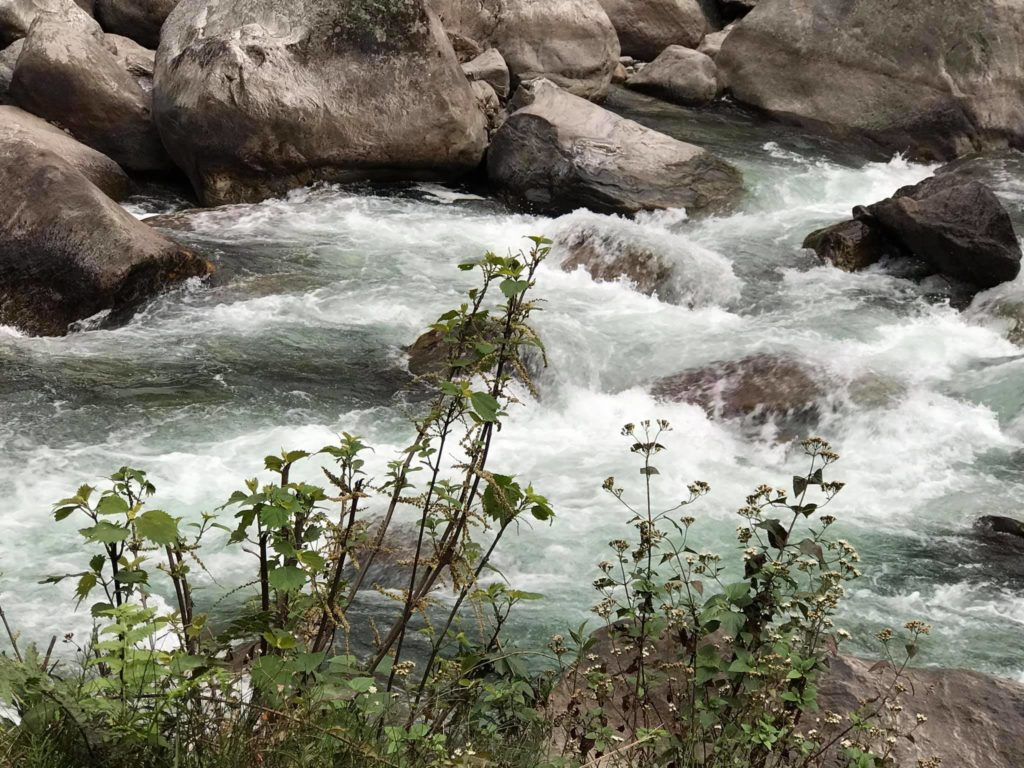




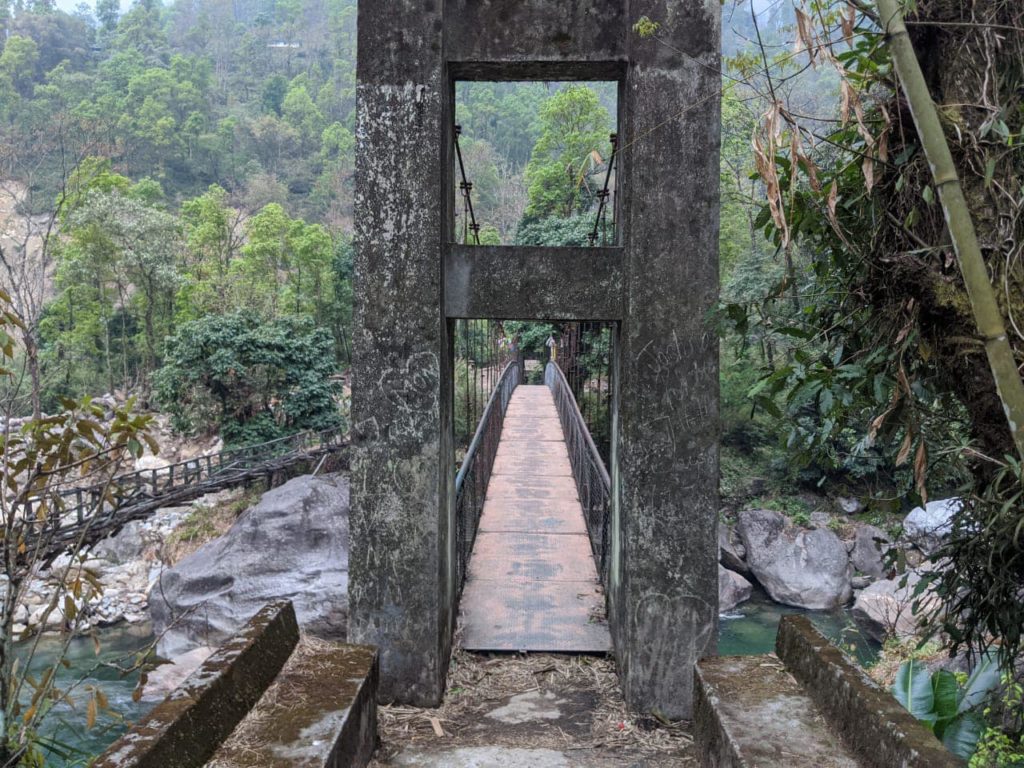
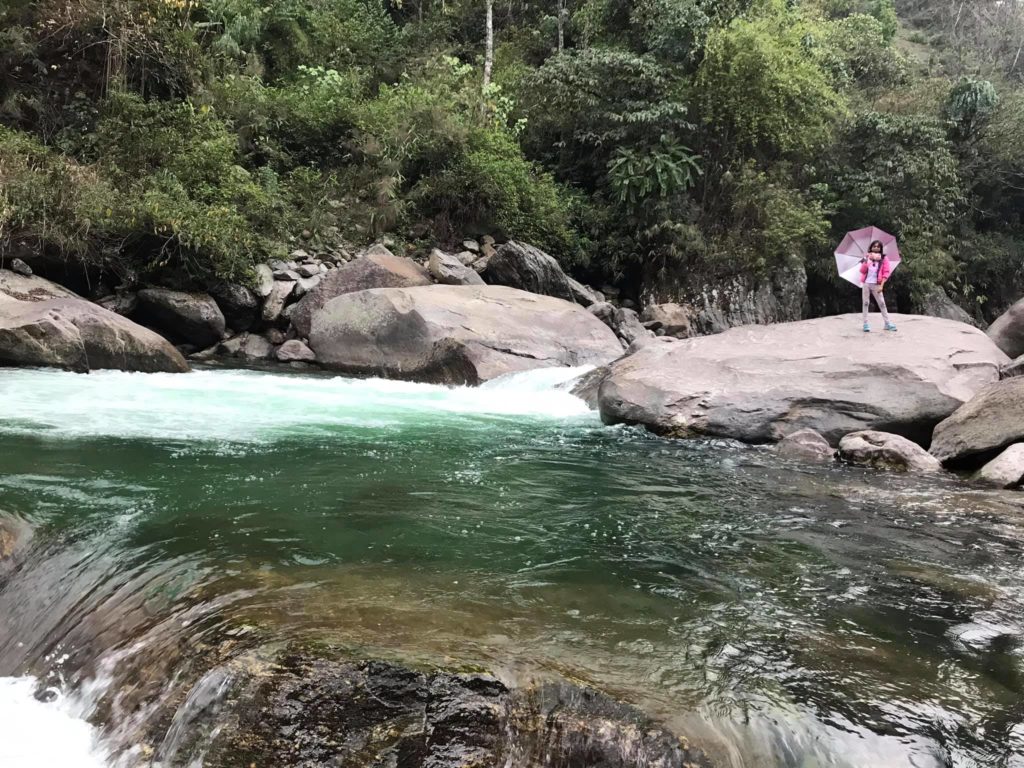



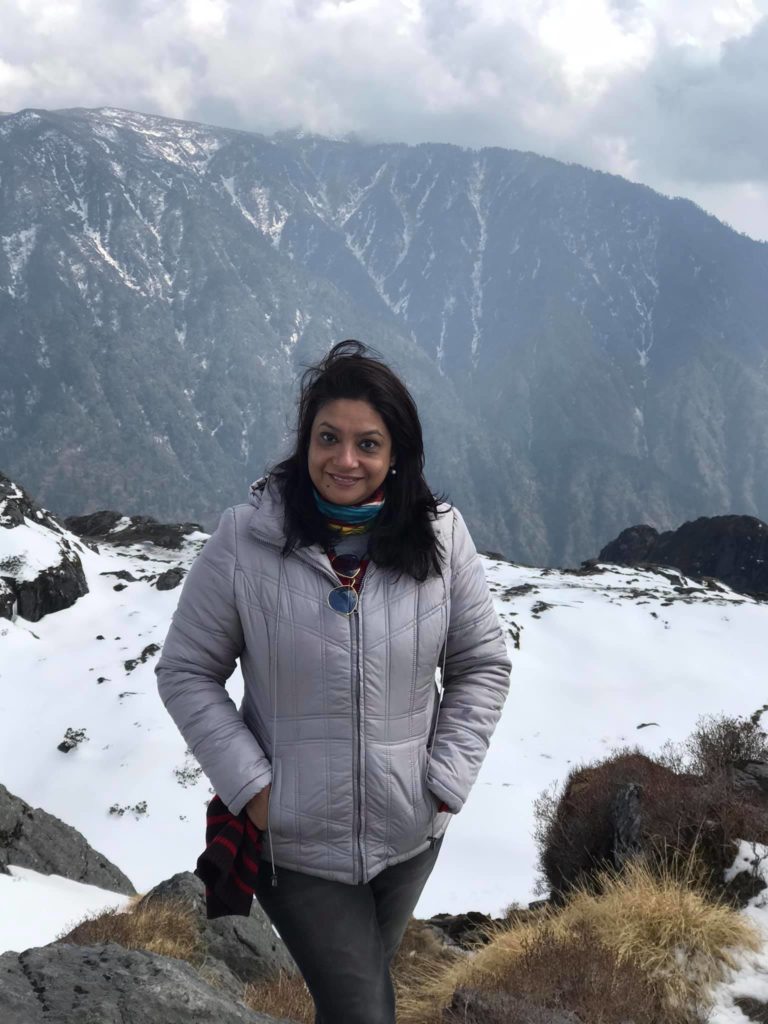






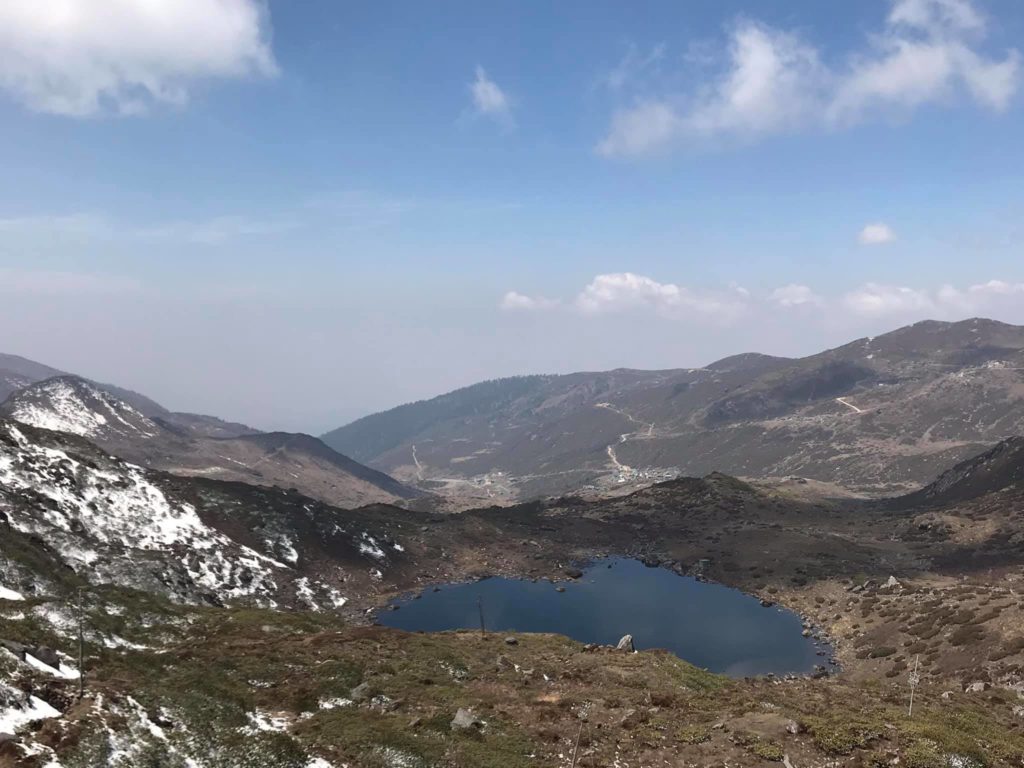


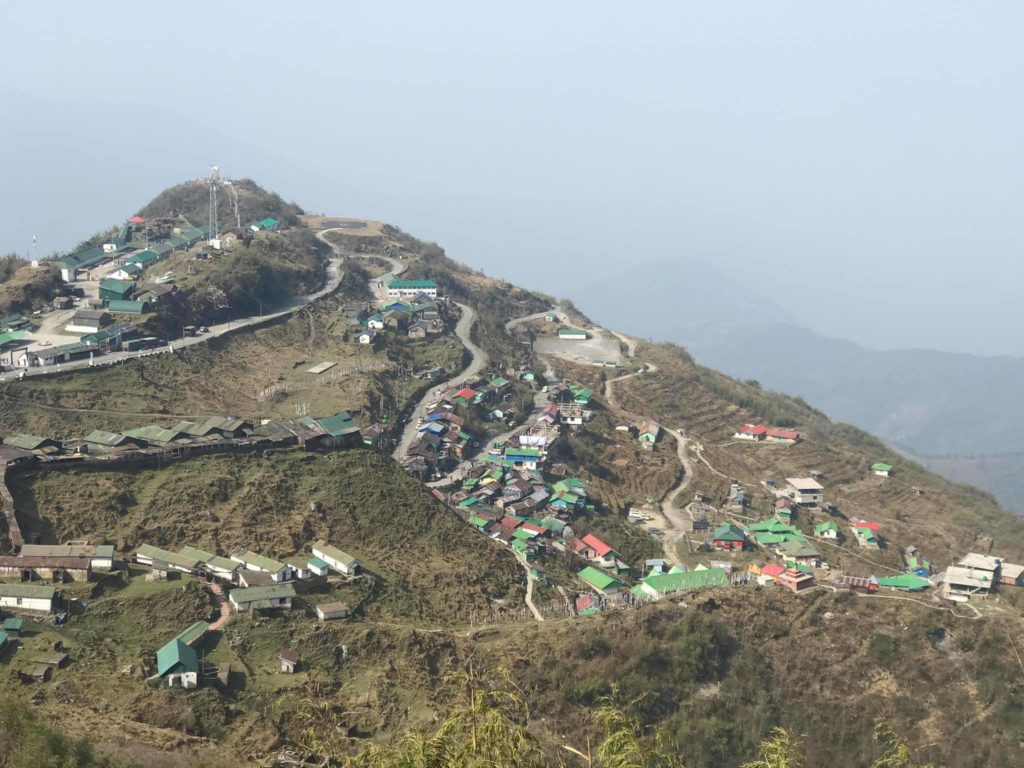
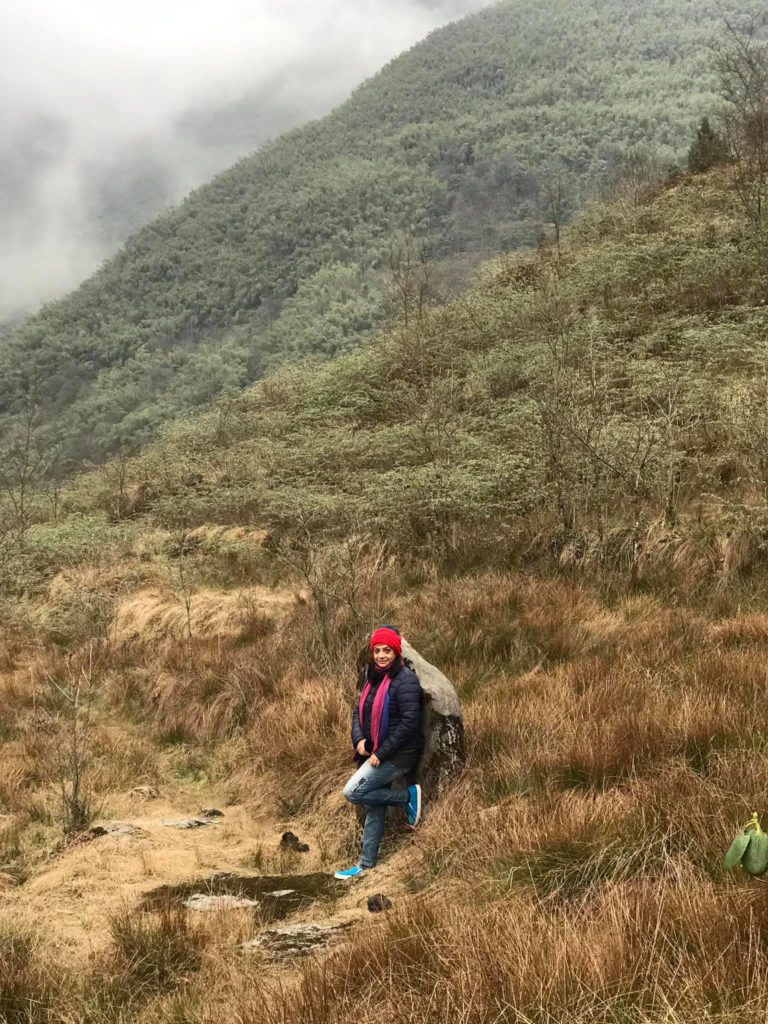






Recent Comments